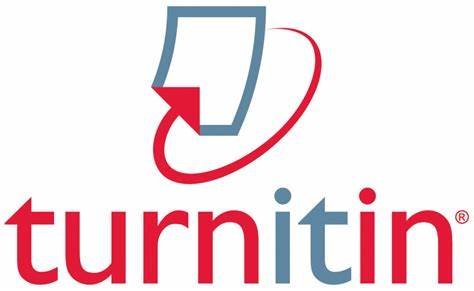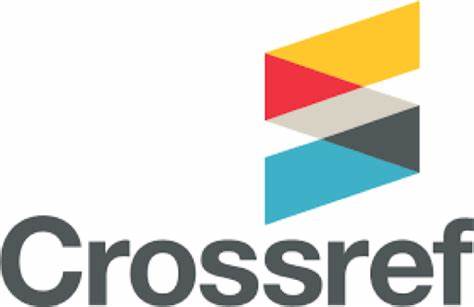A study of financial balances in the public pension system using the multi-layer synthetic network
DOI:
https://doi.org/10.58298/202286Keywords:
Retirement, Financial balance, Tunisian public retirement, artificial neural network multiple layers MLPAbstract
The last few years have been characterized by the implosion of the financial situation of the public retirement system across Arab countries in general, and Tunisia, in particular. This study discusses the increasing imbalances between paid benefits (expenses) and the contributions of the affiliates (revenues) since 2005. Over the course of the last decade, the restoration of the fiscal balance was unattainable and the imbalances reached alarming levels as the deficit was estimated at 793.224 million dinars in 2017. In addition, the rate of the growth of retirement expenses has exceeded the rate of the growth of the retirement revenues despite the attempts of the public retirement institute to expand revenues through investment as a way to minimize the deficit and improve the financial situation in the short and long run. This study aims to analyze the causes and impacts of financial imbalances within the public retirement system and to understand the intricacies and complexities of the public retirement system in terms of its laws, reformations, and microeconomic, macro-economic, and demographic variables. The study also seeks to pinpoint futuristic problems and risks and to probe the main reasons and factors that caused the public retirement deficit, especially reaching the optimal decision to reform and amend this system. Finally, this paper tries to put forward futuristic scenarios for the financial state of the public pension system by using a multi-layer artificial network, which will help in attaining the best solutions and adequate reformations.

Downloads
Published
Issue
Section
License
This is an Open Access article distributed under the terms of the creative commons attribution (CC BY) 4.0 international license which permits unrestricted use, distribution, and reproduction in any medium or format, and to alter, transform, or build upon the material, including for commercial use, providing the original author is credited.





